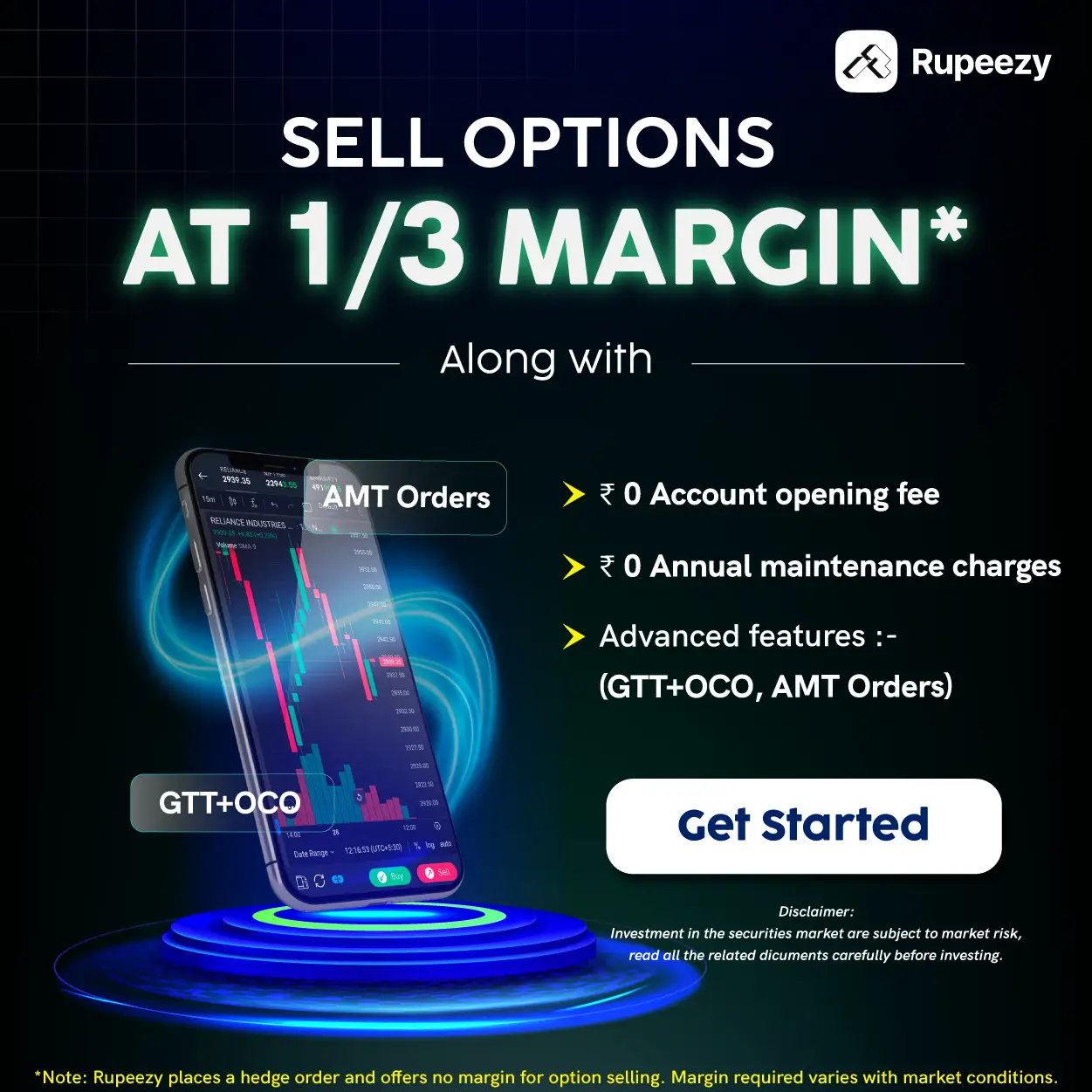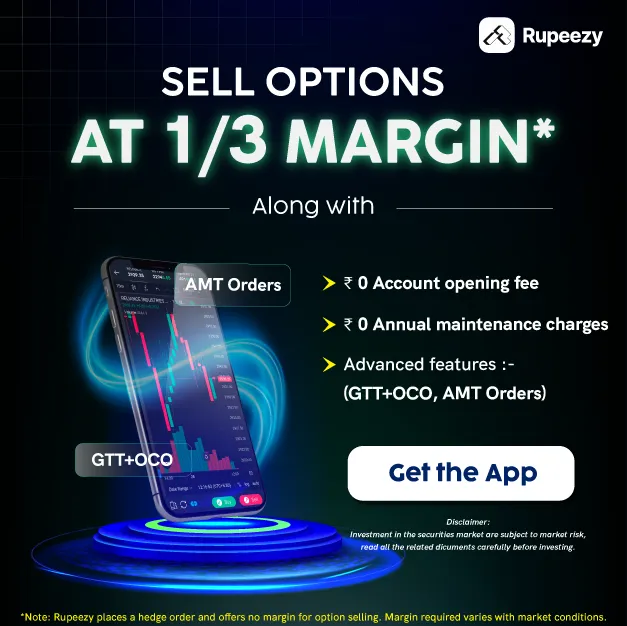Understanding FVG in Trading: Meaning, Strategy & Examples


00:00 / 00:00
Trading sounds to be quite complex. It is not just about understanding the market movements but also about how the stocks are performing. To do this, investors use financial and technical analysis. But to ensure you get a clearer picture, you would need to use charts as well.
Like the Falling Wedge Pattern, which shows a bullish reversal signal, or the Gravestone Doji Pattern, which signals a possible trend reversal. In addition to these, there is FVG, which highlights inefficiency.
So, read this guide to know what FVG is in trading and the rest of the details.
What Is FVG In Trading?
FVG stands for Fair Value Gap. It refers to a price imbalance on a chart. It is the moment when there is little to no trading activity between two price points. This gap occurs when the price moves sharply in one direction. It basically means that the movement has skipped certain price levels, which is mainly due to the increased pressure to buy or sell stock in the market.
In simple terms, it shows an inefficient market area. This is the moment when the demand and supply did not match properly. Traders often look for these gaps because price usually returns to fill them later, providing potential entry or exit opportunities.
FVGs are most commonly used in smart money concepts (SMC) and ICT trading strategies to identify zones of price correction or reversals.
How to Find FVG in Trading (Bullish and Bearish Gaps)
A Fair Value Gap (FVG) is easy to identify once you understand how prices move. It appears when the market shifts too fast. This leads to moving past some price levels. This means you will find FVG is in both bull and bear market conditions.
Here is how you can identify both types.
1. Positive (Bullish) FVG
A positive or bullish FVG forms when the price rises quickly. This mainly happens during a bullish market. It marks an imbalance between buyers and sellers. To see if there is an FVG, look at the following things:
It involves three candles.
Candle 1 starts the move upward.
Candle 2 continues to rise sharply.
You will now be able to see a visible gap between Candle 1’s high and Candle 3’s low.
This empty zone is the bullish FVG. It indicates that the price moved too fast without proper balance. Now, it is important to note that the prices will shift back to cover the gap, but there is a chance that they will move up or down again.
Example: A stock moves sharply upward from Rs. 150 to Rs. 180 in one candle. The next candle is at Rs. 190. From Rs. 160 to Rs. 170, there are no trades. This gap is the bullish FVG.
2. Negative (Bearish) FVG
A negative or bearish FVG appears when the price falls quickly. This is mainly in the bearish market. You will now find a similar gap but in the downward direction. To identify this, try the following checkpoints:
Candle 1 begins the drop.
Candle 2 pushes lower with momentum, skipping intermediate prices.
Candle 3’s high does not overlap with Candle 1’s low
This is now what we call the bearish FVG. This signals strong selling pressure. Price generally revisits this gap area. And mostly then continue to go down more after this before they are stable.
Example: A stock falls quickly from Rs. 250 to Rs. 220. Then it goes to Rs. 210. You see no trade between Rs. 235 and Rs. 225. This creates a bearish FVG.
One of the most important things to know here is that you need candlestick patterns for the analysis. When there are bullish FVGs, you will find more potential buy areas. But when it comes to the bearish FVGs, you will find more options to sell. This will be there until you reach the time of attaining price correction.
How to Use FVG in Trading
You now have the answer to how to find FVG in trading. But now the question here is how to use FVG in trading?
Well, using FVG is quite simple. You need to read through the charts to identify the gaps. These gaps act like magnets that attract price back to balance supply and demand. Here is how you can use them effectively:
1. Wait for Price to Return to the FVG
After a sharp move, the price often revisits the gap zone to fill it. Traders can wait for this retracement before entering a trade in the direction of the original move.
2. Use FVG as Entry Zones
If you see an FVG in the bullish market, then it is a time to go for a long position. It is best that you hold the stocks you have. But if you see FVG in a bearish market, then consider entering for short position.
3. Combine with Market Structure
Always confirm the trade direction with the market structure. If you see that there is an upward trend, then you must go ahead with the bullish FVG. When you are in a downtrend, go for the bearish one. This improves accuracy and avoids false signals.
4. Add Confirmation Indicators
Always use FVG with other indicators. The common ones that ae used are like RSI or volume. This helps to confirm strength before entering the trade and market trend.
5. Set Targets and Stop Losses
Place stop losses below the FVG in long trades and above it in short trades.. Take profits when the price returns to normal and closes the gap.
This way, you can understand the demand and supply dynamics. It will also ensure you enter the market at the right time.
Pros and Cons of Using FVG in Trading
When using FVG, you must know the pros and cons, too, which are:
Pros | Cons |
Helps identify potential entry and exit zones with high precision. | Not all gaps are filled, leading to false signs. |
Works well with Smart Money Concepts and ICT strategies. | Experience is needed to use FVG properly. |
Offers low-risk entries when combined with market structure. | Not good for volatile markets. |
Versatile and applicable to all timeframes. | Over-reliance can be bad for the trades. |
Helps identify price inefficiencies and retracement zones. | Needs confirmation from other indicators for higher accuracy. |
Conclusion
FVG helps with trade inefficiencies and reversal points. And when you combine this with proper tools and risk management tactics, you will end up making profits in your trades. But this is only possible after proper practice and with time. And if you are looking to start trading with expert guidance, then register on Rupeezy today.
FAQs
Can beginners use FVG for trading?
Yes, beginners can use FVG, but only when they learn the candlestick patterns well.
Which timeframe is best for FVG trading?
You should go for higher timeframes like 1-hour or 4-hour charts for reliable signals.
Is FVG useful in crypto trading?
Yes, you can use FVG in crypto trading as well.
Can I automate FVG detection?
Yes, some platforms allow you to automate the FVG detection, but first, you need to earn signs.
What happens if the FVG is not filled?
If the price never revisits the gap, it may indicate a strong trend continuation.
The content on this blog is for educational purposes only and should not be considered investment advice. While we strive for accuracy, some information may contain errors or delays in updates.
Mentions of stocks or investment products are solely for informational purposes and do not constitute recommendations. Investors should conduct their own research before making any decisions.
Investing in financial markets are subject to market risks, and past performance does not guarantee future results. It is advisable to consult a qualified financial professional, review official documents, and verify information independently before making investment decisions.

All Category










